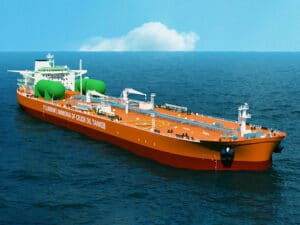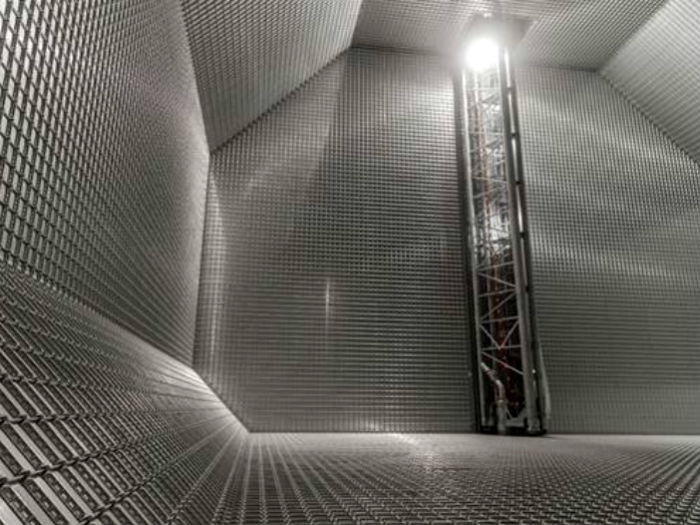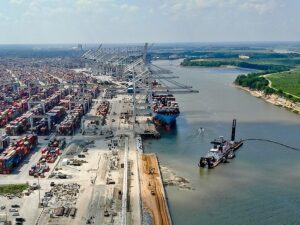
LNG technology experts cooperate to ease LNG use as “green” fuel
Written by Marine Log Staff
Inside GTT’s membrane containment system for LNG
AUGUST 24, 2018 — In a move that could propel a greater shift to Liquefied Natural Gas (LNG) as a marine fuel, three major marine technology companies, WinGD, Wärtsilä and GTT, have agreed to collaborate on optimizing the integration of the equipment and technologies necessary to use LNG fuel. The companies aim to combine their expertise to deliver an effective, streamlined approach for achieving compliance with environmental legislation.
Burning natural gas is one of options ship owners and operators have to comply with IMO’s 0.5% Global Sulfur Cap, which is set for January 1, 2020. They can also install exhaust gas scrubbers and burn Heavy Fuel Oil (HFO) or burn compliant Marine Gas Oil (MGO).
LNG fuel is considered a key enabler of “green” propulsion for ships. It has virtually no sulfur content, produces 80% less nitrogen oxide (NOx) and 30% less CO2 emissions than conventional marine fuels, and is competitively priced. With LNG being more widely available and accessible, it is now a feasible green fuel option.
“Operating on LNG fuel requires close integration between the engines, the fuel cargo tanks, and the fuel supply and control system. We are three companies having expertise in these fields, and by cooperating together we can optimize this integration process to the benefit of owners and operators around the world,” says Philippe Berterottière, Chairman and CEO of GTT.
“High efficiency and environmental sustainability are key pillars in building a successful future for shipping,” says Rolf Stiefel, Vice President Sales & Marketing, WinGD “This is why it’s so important to work together, with other industry leaders, to make ship propulsion as efficient and ‘green’ as possible.”
“There is a wind of change blowing throughout the global marine industry. The conservative barriers that once resisted switching to a “new” fuel are falling down, and LNG is now being accepted as a fuel for all types of ships. Through collaboration with other industry leaders, we aim to speed this process,” says Timo Koponen, Vice President, Processing Solutions, Wärtsilä.
The collaboration stems from 2017, when the three companies cooperated on the equipment on the groundbreaking project for nine 22,000-TEU ultra-large containerships for CMA CGM, built with LNG fueled engines.





Leave a Reply
You must be logged in to post a comment.